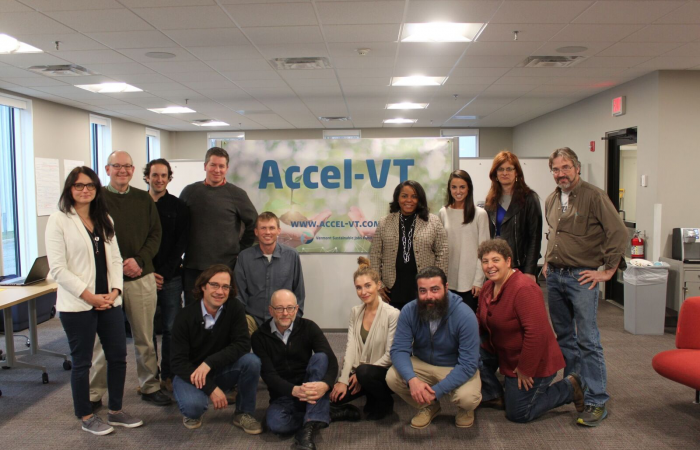Read Kay Aikin’s latest blog on challenges in healthcare below.
Last Thursday, I had the honor to serve on a panel discussion at the Maine Medicine Women event sponsored by Janus Choice. It was a wonderful event with a group of powerful and successful women in the healthcare field. The moderator of the panel that I was on asked the question, “What’s a challenge you see healthcare organizations facing today?”
As a technology company helping medical companies cope with their data science challenges, I answered this question with the simple observation that “I haven’t seen my doctor’s eyes in five years”. This may be a bit of an exaggeration but I still think the point is valid. As technology professionals for the last 10 years we have injected new data science {link to data science slides] techniques and technology into the medical profession but this technology has gotten in the way of the patient/doctor relationship.
In a move to create new ways to streamline data flow in what has traditionally been a paper-based profession, Electronic Medical Records (EMR) have actually made the medical profession worse. Doctors now spend the majority of their patient time filling in forms on a computer and not interacting with the patient. I have talked to many doctors in the last couple of years and this is a common refrain.
The solution is not more technology but MORE THOUGHTFUL technology. This is the area that as a company with deep knowledge of systems architecture and systems engineering we are passionate about. There should be synergy between technology and the user. My co-founder Dr. Caryl Johnson likes to say that we are building hybrid teams of humans and computers. While it is easy to say this, it is exceedingly hard.
Here are three areas where I feel we can contribute to this discussion and I hope solutions for both patients and doctors are the following:
- As the foundation, we need new EMR software that is not only open-source but easier to work with (ask about HL7) and an EMR that is focused on making data entry easy letting the technology to do the hard work.
- Next, we need to rethink how we archive, store and link our data. The data structures that the medical industry uses are typically based on the relational model but the data is actually a graph hence is much more amenable to graph solutions. Our xGraph solution is an example of a software system that is built on this type of model.
- Finally, I imagine a world that if we can do the first two things well (and I know we can do it) patient data will be linked in a new way and new insights will be possible based upon both the particular context of the patient and the general population. I expect this will lower healthcare costs and increase the quality.
A few years ago, we (along with one of our medical industry customers) proposed to the National Science Foundation, a research project based on this idea. The solution would use our graph framework and artificial intelligence technologies to suggest to doctor’s possible diagnoses’ based not upon global population data but specific patient data. There has been work in this area with IBM’s Watson and some others but they do not have our unique combination of graph technologies coupled with Artificial Intelligence that can power a truly revolutionary solution.



